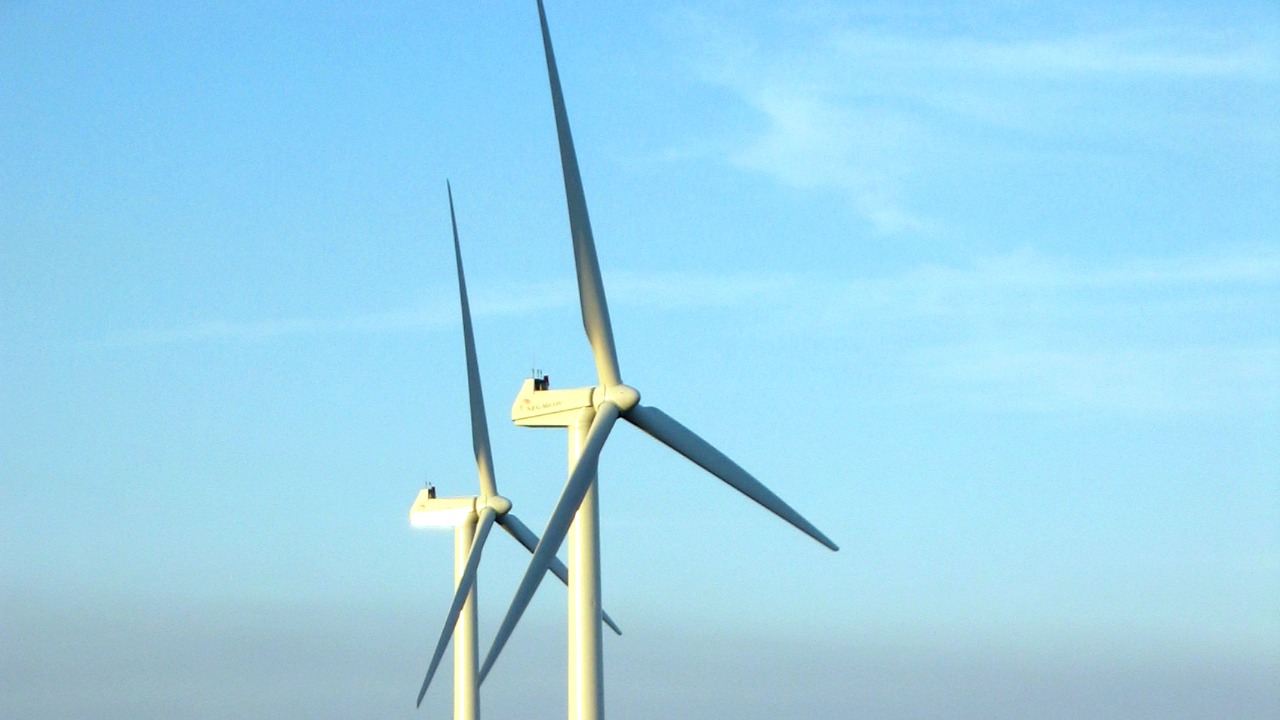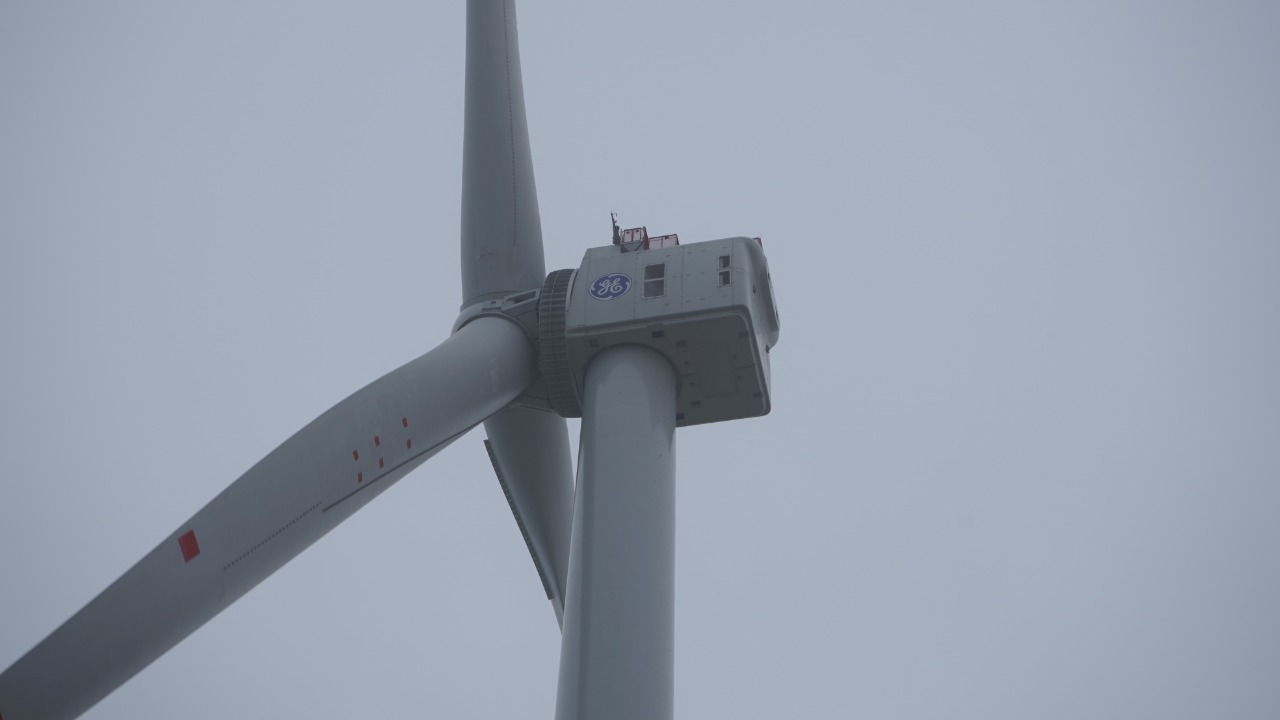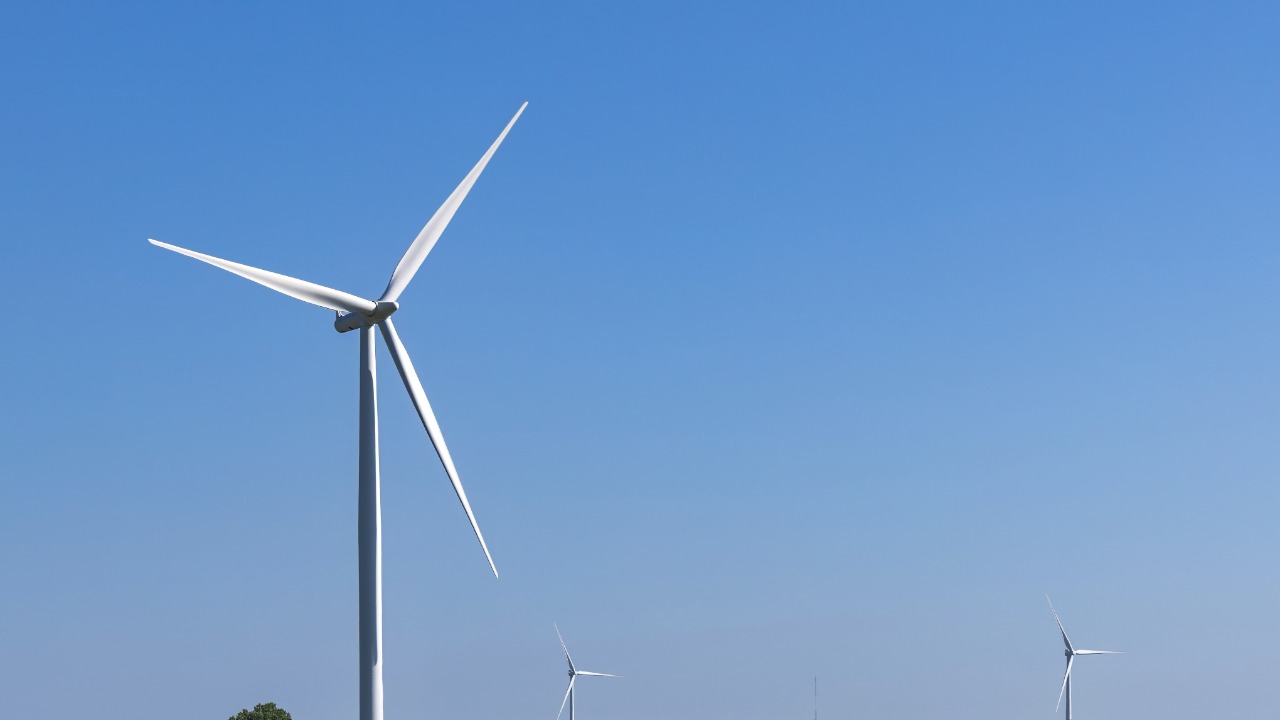
The world of renewable energy has reached a new milestone with the activation of the largest wind turbine to date. This monumental advancement signifies a pivotal step in the global shift towards sustainable energy sources. As countries strive to reduce their carbon footprints, projects like this set the stage for future innovations in wind technology.
The Engineering Marvel

Design and Specifications
The largest wind turbine currently operational is the Haliade-X, designed by General Electric. Standing at an astonishing height of 260 meters with a rotor diameter of 220 meters, it boasts a remarkable power capacity of 14 MW. Its colossal blades, each stretching 107 meters, are engineered to capture maximum wind energy efficiently. This scale allows the Haliade-X to power approximately 16,000 European households per unit, setting a new benchmark in the wind energy sector.
Innovative Materials and Construction
Advanced materials have been pivotal in the construction of this giant turbine. The blades are crafted from a combination of carbon fiber and fiberglass, offering a lightweight yet robust structure capable of withstanding harsh weather conditions. The turbine’s tower, made from heavy-duty steel, provides the necessary support and stability for the massive rotor system. These materials and engineering techniques ensure durability and longevity, crucial for optimal performance in varied environmental conditions.
Comparison with Previous Models
Compared to earlier models, the Haliade-X demonstrates significant advancements in both efficiency and energy output. Traditional turbines, like the Vestas V164, which previously held the title for size with a 187-meter rotor diameter and 9.5 MW capacity, fall short in comparison. The increased dimensions and power output of the Haliade-X mark a substantial improvement, enabling a more extensive contribution to renewable energy targets.
Global Impact and Environmental Benefits

Reduction in Carbon Emissions
The deployment of the Haliade-X represents a significant stride in reducing carbon emissions. Its ability to generate more electricity from a single unit reduces the need for additional turbines, which in turn minimizes the overall carbon footprint. According to estimates, each Haliade-X turbine can prevent up to 42,000 metric tons of CO2 emissions annually, a vital contribution towards mitigating climate change.
Contribution to Local and Global Energy Needs
This turbine’s immense capacity supports local energy grids by providing a stable, clean energy source that reduces reliance on fossil fuels. By integrating into national grids, turbines like the Haliade-X enhance energy security and contribute to global efforts to transition to renewable sources. The Puget Sound Energy projects in Montana exemplify how large-scale wind projects are becoming central to energy strategies.
Impact on Local Communities
For communities near the turbine, the benefits extend beyond environmental improvements. The construction and maintenance of such projects create local jobs, boosting economic growth. Additionally, the reduction in air pollution contributes to better public health outcomes, enhancing the quality of life for residents. These local impacts underscore the multifaceted advantages of investing in renewable energy infrastructure.
Challenges and Criticisms

Environmental Concerns
Despite the benefits, large wind projects like the Haliade-X face environmental challenges. Concerns about the impact on wildlife, particularly birds and bats, are prominent. The visual impact on landscapes and the potential noise generated also raise issues. Addressing these concerns requires careful planning and implementation of mitigation strategies to minimize negative effects.
Technical and Financial Hurdles
Developing and deploying such massive turbines involves overcoming significant technical and financial challenges. The costs associated with research, development, and installation are substantial. Moreover, technological limitations, such as grid integration and storage solutions, need addressing. The operational success of such projects depends on tackling these hurdles effectively.
Public Perception and Opposition
Public perception plays a crucial role in the acceptance of large wind projects. While many support renewable initiatives, opposition can arise due to aesthetic concerns and misinformation about the impacts. Transparent communication and community engagement are essential to foster support and address common criticisms, ensuring successful integration into local settings.
Future of Wind Technology

Trends in Wind Energy Development
The wind energy sector is evolving rapidly, with trends focusing on increased efficiency and reduced costs. Innovations in turbine design and materials are driving this evolution, making wind energy more accessible and competitive. The expansion of wind farms in regions like South Dakota demonstrates the growing momentum in this sector.
Potential for Scaling and Replication
The success of the Haliade-X sets a precedent for scaling and replication in other regions. Its design can be adapted to suit different environmental conditions, enhancing its global applicability. By leveraging policy support and investment, similar turbines could become a standard feature in the global energy landscape, facilitating a broader transition to renewables.
Integration with Other Renewable Sources
Integrating wind energy with other renewable sources, such as solar, can provide a comprehensive energy solution. This approach enhances grid stability and reliability, maximizing the benefits of renewable investments. Collaborative projects and technological innovations will be key to achieving a sustainable energy future, as highlighted by initiatives like the Mersey wind turbines in the UK.
Economic Implications

Cost-Benefit Analysis
Conducting a cost-benefit analysis of large-scale wind projects reveals significant economic advantages. While initial investments are high, the long-term savings from reduced fossil fuel dependency and carbon credits offset these costs. Furthermore, the creation of jobs and stimulation of local economies contribute to the overall economic benefits.
Investment and Policy Support
Government policies and private investments play a crucial role in the expansion of wind energy. Incentives, subsidies, and supportive regulations encourage development and deployment of renewable technologies. Collaborative efforts between public and private sectors are vital to overcoming financial barriers and advancing wind energy initiatives.
Market Dynamics and Future Investments
The introduction of the Haliade-X influences market dynamics by setting new performance standards in the wind energy industry. It attracts further investments, encouraging competition and innovation. As the demand for renewable energy grows, continued investment in projects like these will be essential for achieving global sustainability goals.